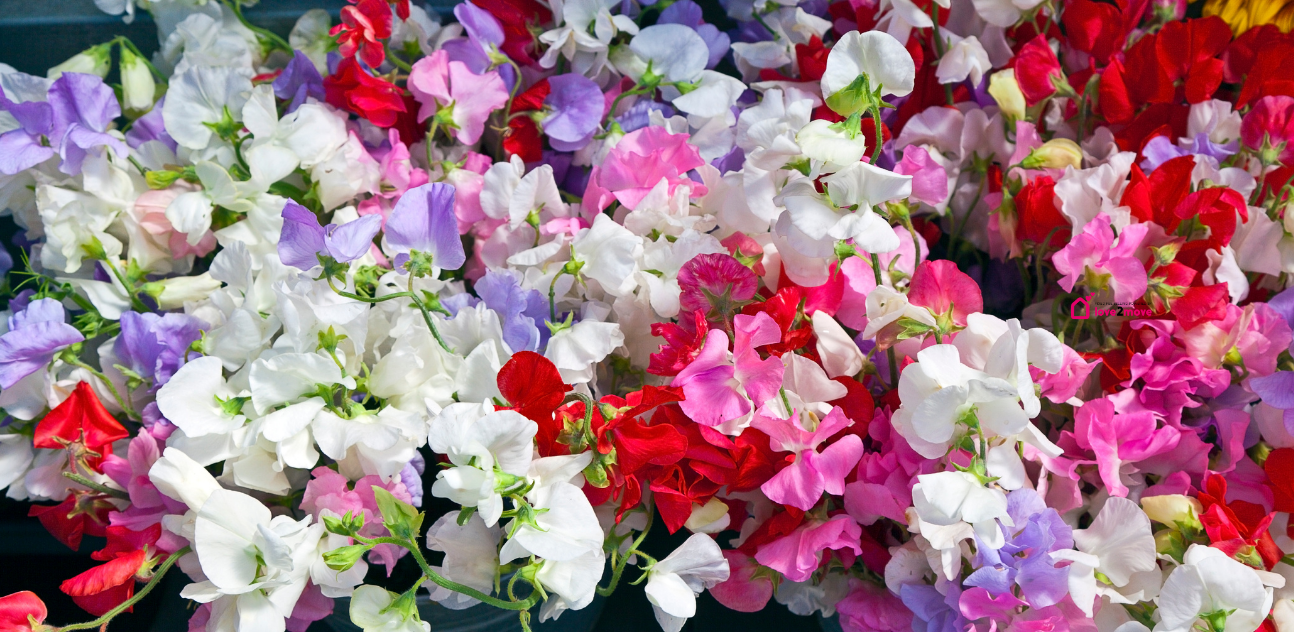With the sun beginning to shine again and the nights getting massively brighter, we have compiled a list of garden jobs to be done in time for the summer season!
With the sun beginning to shine again and the nights getting massively brighter, we have compiled a list of garden jobs to be done in time for the summer season!
The Small Jobs to keep on top of:
Keep weeds under control
Protect fruit blossom from late frosts
Tie in climbing and rambling roses
Sow hardy annuals, herbs and wildflower seed outdoors
Start to feed citrus plants
Increase the water given to houseplants
Feed hungry shrubs and roses
Sow new lawns or repair bare patches
Prune fig trees
Divide bamboos and waterlilies
*rhs.org.uk

Timely tasks
Order annual plants like geraniums, begonias and petunias online now for summer bedding and hanging basket displays.
Give your greenhouse a thorough scrub (if you haven't already) with hot soapy water. This will get rid of pests and diseases and let in more light.
Prepare beds for the growing season. Dig in a 5cm (or more) layer of compost or well-rotted manure. You can also work in a general-purpose fertiliser, such as pelleted chicken manure, or fish, blood and bone.
Check your patio plants aren't drying out. The warmer weather will quickly affect soil moisture levels - try mixing water storing granules with compost to improve water retention in containers.
Here's what to be getting on within the flower garden this month:
Lift and divide established border perennial plants now, like Hostas, to improve vigour and create new plants for your garden.
Pinch out the tips of fuchsia plants and sweet pea plant shoots, to encourage bushy growth this summer.
Divide primroses once they have finished flowering.
Move evergreen trees and shrubsnow, provided the soil isn't frozen or waterlogged.
Feed trees, shrubs and hedges with a balanced, slow-release fertiliser, by lightly forking it into the soil surface. Roses, in particular, are greedy plants and will greatly benefit from feeding as they come into growth.
Tie in climbing roses.
Check any tree stakes and ties to make sure they’re not cutting into the trunk. Loosen any that are tight, to allow the trunk some room to expand.
Prune your penstemons now — cut back all the old shoots to the base, provided there is new growth at the bottom of the plant. If there are no new shoots at the base, cut just above the lowest set of leaves.
Finish cutting back any dead foliage on perennials and ornamental grass plants (if you haven't done so already), to make way for new growth.
Prune Forsythia as soon as they have finished flowering, cutting back to strong, young shoots.
Trim winter-flowering heathers as the flowers disappear, to prevent plants becoming leggy.
Tie in new honeysuckle and clematis stems. These plants will be putting on growth now, and you’ll need to train them along their supports.
Continue to remove faded flowers from winter pansies to stop them setting seed. This will encourage flushes of new flowers throughout the spring.
Deadhead daffodils and tulips as the flowers finish, but leave foliage intact, allowing it to die back naturally.
Apply a layer of mulch around your perennials and biennial plants, trees and shrubs before the hot weather arrives. Use organic matter such as well-rotted manure.
Get busy with these vegetable garden tasks this April:
Prepare vegetable seed beds by removing all weeds.
Dig a 5-cm (or more) layer of compost, well-rotted manure or green waste into beds.
Cover prepared soil with sheets of black plastic to keep it drier and warmer in preparation for planting.
Build raised beds to take the bending out of growing vegetables.
Harvest asparagus spears when they’re no more than 18 cm tall.
Support pea and bean plants now. For quick and easy pea supports, push some twiggy sticks around your plants.

Thin carrot seedlings to achieve good-sized carrots; do this in the evening when fewer carrot flies are around.
Have fun!



 By
By 


Share this with
Email
Facebook
Messenger
Twitter
Pinterest
LinkedIn
Copy this link